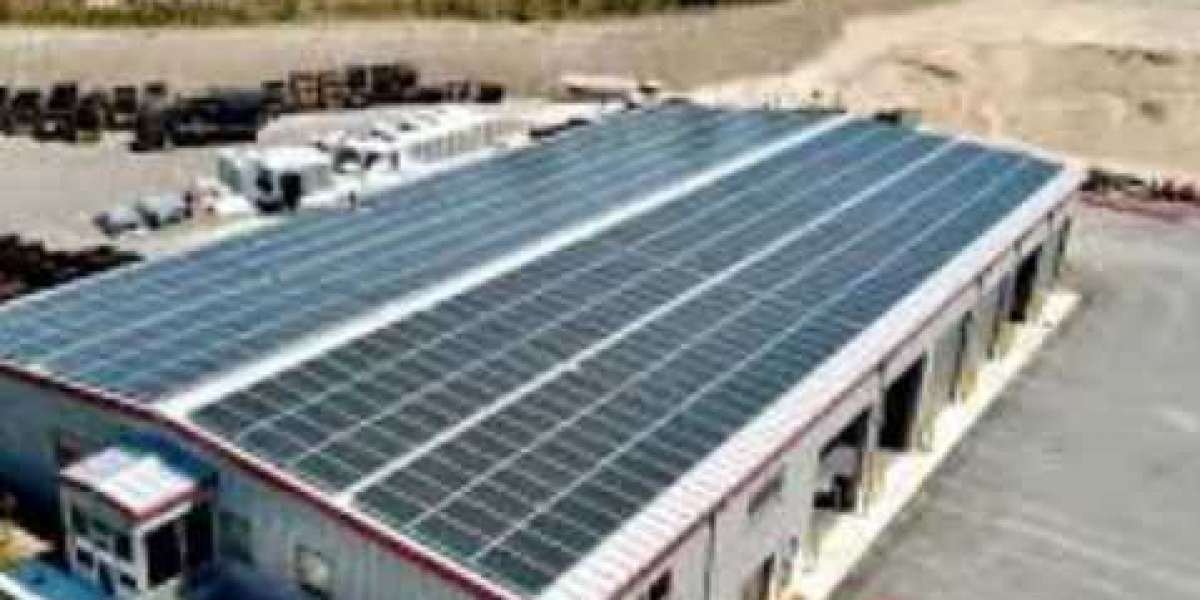Introduction:
In the intricate tapestry of our modern world, few threads are as crucial as energy. It powers our homes, fuels our transportation, and drives our industries. However, as our population grows and our needs expand, navigating the energy landscape becomes increasingly complex. The challenges we face tomorrow demand smart solutions today.
Understanding the Terrain
The energy landscape is evolving rapidly. Traditional fossil fuels still dominate, but renewable energy sources like solar and wind power are gaining ground. Simultaneously, advances in technology are revolutionizing how we generate, distribute, and consume energy. Yet, amidst this evolution, we confront formidable challenges:
Climate Change
The looming specter of climate change compels us to reduce our reliance on fossil fuels and embrace cleaner alternatives.Energy Security
Ensuring a stable and reliable energy supply is paramount for national security and economic stability.Resource Depletion
Fossil fuels are finite resources, and their depletion underscores the urgency of transitioning to sustainable energy sources.Accessibility
Billions around the globe still lack access to reliable energy, hindering socio-economic development and exacerbating inequalities.
Plotting the Course: Smart Solutions
To navigate these challenges, we must deploy smart energy solutions that leverage innovation, collaboration, and sustainability. Here are some strategies to chart our course forward:
Investing in Renewable Energy
Accelerating the transition to renewable energy sources is critical. Governments, businesses, and individuals must invest in solar, wind, hydro, and other sustainable options to reduce carbon emissions and mitigate climate change.
Embracing Energy Efficiency :
Improving energy efficiency across all sectors can significantly reduce energy consumption and greenhouse gas emissions. Smart technologies, building design innovations, and energy-efficient appliances offer tangible ways to achieve this goal.
Building Resilient Infrastructure :
As climate-related disasters become more frequent and severe, building resilient energy infrastructure is imperative. This includes upgrading aging grids, diversifying energy sources, and integrating decentralized power generation systems.
Promoting Electrification and Clean Transportation :
Transitioning to electric vehicles and sustainable transportation systems can dramatically reduce air pollution and dependency on fossil fuels. Investments in public transportation, EV charging infrastructure, and renewable energy-powered fleets are essential steps in this direction.
Fostering Innovation and Collaboration :
Solving tomorrow's energy challenges requires interdisciplinary collaboration and continuous innovation. Governments, businesses, research institutions, and civil society must work together to develop breakthrough technologies, policies, and business models that drive the energy transition forward.
Conclusion: A Bold Journey Ahead
Navigating the energy landscape is not without its obstacles, but it's a journey we must undertake with determination and foresight. By embracing smart solutions, we can transform the challenges of tomorrow into opportunities for progress and prosperity today. Together, let us chart a course towards a future powered by sustainable, resilient, and equitable energy solutions.



